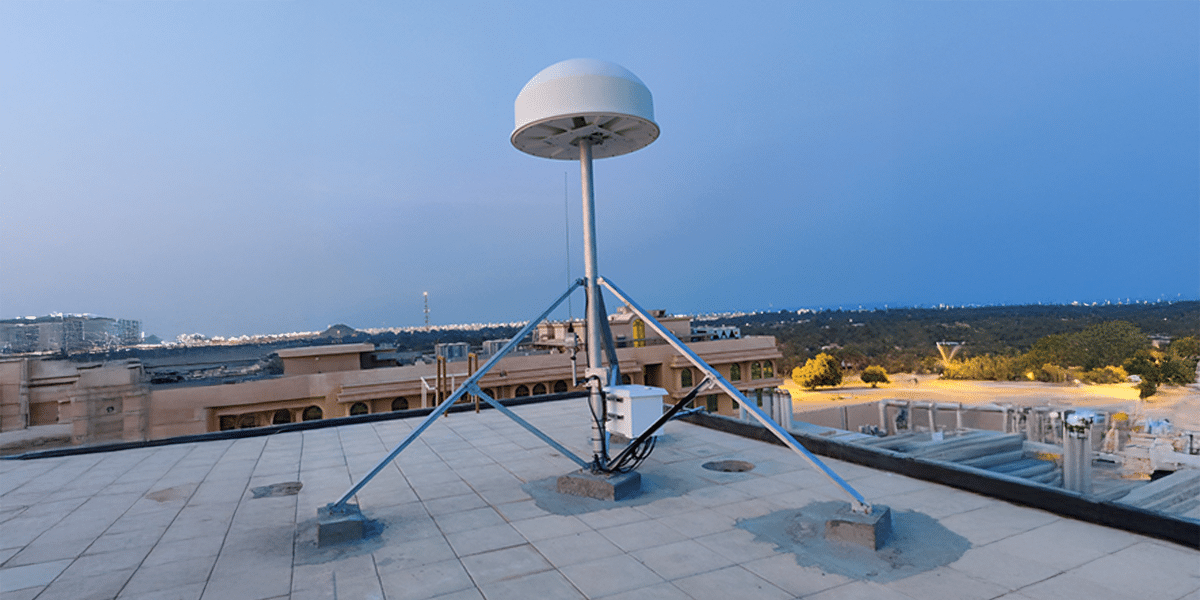Model 612
Loop Arrays
KEY FEATURES
- Easy to install
- Easy to transport
- Compact, low profile
- Configurable for many different applications
- Ideal for small sites

Product Description
Electrically small antennas can be used to advantage in a wide range of receiving applications. The inefficiencies inherent in small antennas have the same effect as other sources of noise on the signal-to- noise ratio. When external noise is greater than the noise from antenna inefficiency (and internal electronics, if present), an antenna is said to be “externally noise limited.” In this case, the higher level of external noise dominates the system signal-to-noise ratio, rendering the internal noise insignificant. Thus, when external noise is relatively high, small receiving antennas can work as well as full-size, fully efficient antennas. This also means that fully efficient antennas need to be located at electrically quiet sites to achieve their full potential.
A loop antenna functions as a magnetic dipole. An incident electromagnetic wave induces a current in the loop; a matching transformer inside the loop couples the induced current into a 50Q load, either an amplifier or a length of coax running to the receiver.
Can’t find what you need? Explore all our products.





